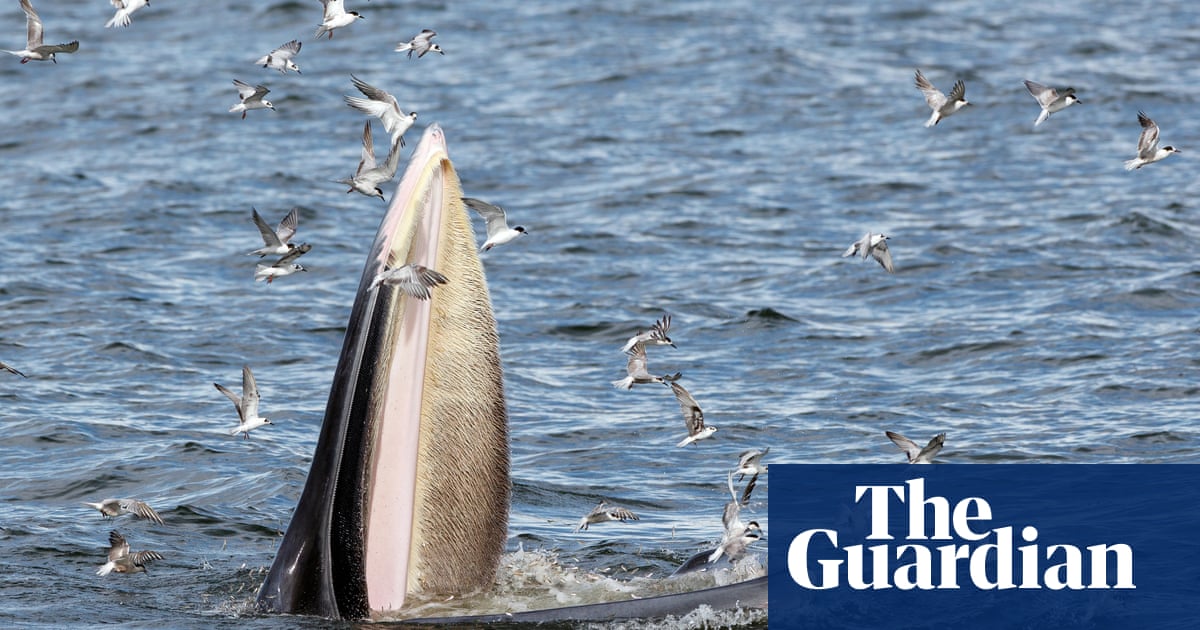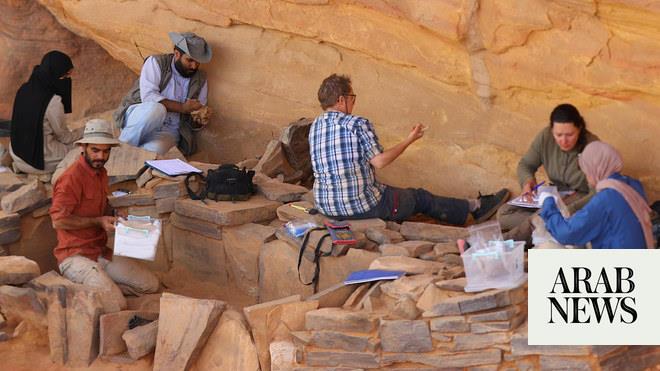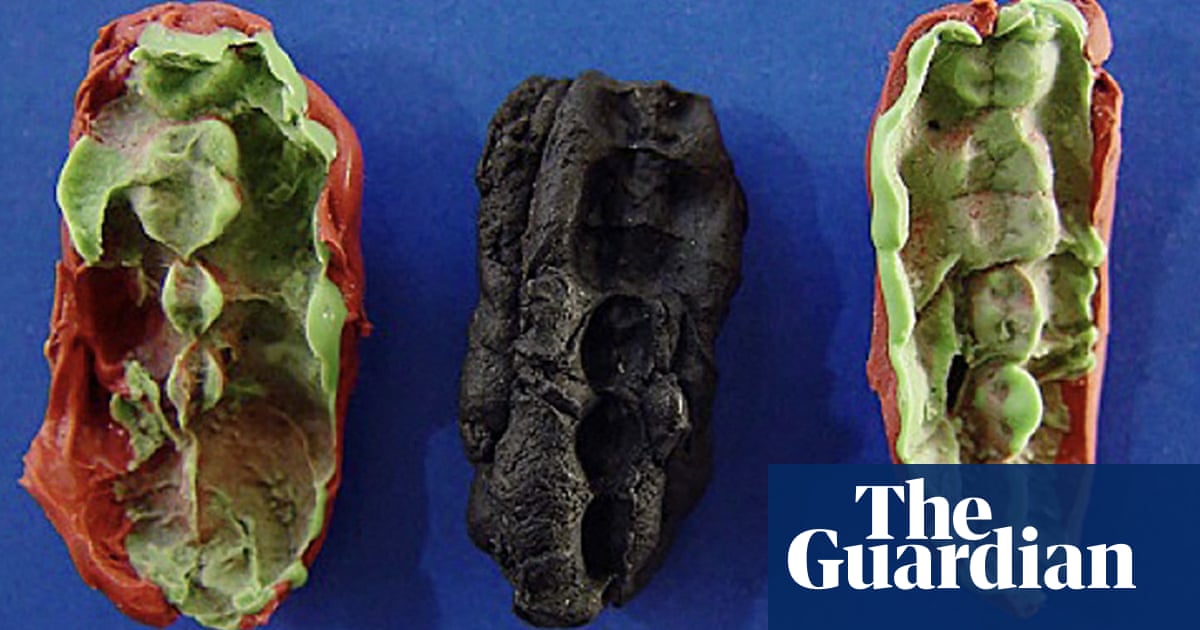
The White Sands of New Mexico have been a popular tourist attraction for a remarkably long time. Modern travellers come to gaze at the vistas of glistening, pure dunes of gypsum that stretch for miles in all directions.
But previous visitors had very different goals. Thousands of years ago, Homo sapiens came here to hunt giant sloths, mammoths and other megafauna. In doing so, they left signs of their presence whose analysis now promises to transform our understanding of the populating of our planet.
In a paper in Science last week, palaeontologists outlined data that suggests men, women and children strode across the White Sands more than 21,000 years ago. In providing such a date, the team added more than 6,000 years to previous estimates of humanity’s earliest known appearance in America. Population geneticist Pontus Skoglund, of the Crick Institute, London, described the discovery as “absolutely groundbreaking”.
For decades, it was reckoned Siberian hunter-gatherers did not leave Asia – across land now covered by the Bering Strait – to reach America until the end of the last ice age, around 15,000 years ago. Now it appears humanity had arrived much earlier.
The evidence for this reassessment of Homo sapiens’ last great continental conquest stems not from old stone tools or bones but from ancient footprints preserved in White Sands. Humans who strode close to lakes there left damp footprints that hardened and were then covered with more sand. Thousands of these markings criss-cross the landscape.
Crucially, layers of ditch grass seeds were also buried over the millennia. By carbon dating seeds found above and below one set of footprints, the scientists were able to show they had been made between 21,000 and 23,000 years ago, long before the end of the last ice age..
Previous claims about finds that have suggested early dates for America’s settlement have been generally treated with scepticism. By contrast, the footprints’ research has been hailed. They provide “a very compelling case” for an early dating of humanity’s American arrival, Spencer Lucas, a palaeontologist at the New Mexico Museum of Natural History and Science, told Nature. “That’s a game-changer.”
It is less clear how humans managed to reach New Mexico when the last ice age was still worsening. These were bitterly inhospitable times, though it is possible groups of hunter-gatherers passed through a corridor that separated the main ice sheets that were then covering North America. Alternatively, they may have moved southwards along America’s west coast, possibly in boats, on a route that is known as the Kelp Highway.
However, there is more to this intriguing research than merely finding a new date for the populating of America, scientists stress. These footprints in the sands of time also have a lot to tell us about human behaviour in general.
For a start, there is the issue of the age of the people who made those footprints. “Most that we see here were made by adolescents,” says Professor Matthew Bennett, of Bournemouth University, lead author of the Science paper. “These were America’s first teenagers and they were hanging out together as they do today. The only thing missing then was a smartphone.”
Ancient preserved footprints have been found in many other areas and, intriguingly, those of young people, children and teenagers often predominate. “Older adults tend to keep still and not waste energy,” says Dr Sally Reynolds, another member of the Bournemouth University team.
“Young people move about all the time and as a consequence leave a lot more footprints. It was the equivalent of parents meeting at school gates, standing and chatting, while their children run round the playground.”
It is also possible that the White Sands teenagers may have been helping adults in tracking and hunting the megafauna that roamed the region, huge creatures that would have included giant sloths and mammoths as well as dire wolves and other animals. “The teenagers would have provided the non-skilled labour for these hunting groups,” adds Bennett.
Previous studies of other sets of White Sands footprints, also carried out by Bournemouth University researchers, have provided some surprisingly vivid details about the lives of people who came to the region 20,000 years ago. These snapshots of ancient lives include footprints of a woman who clearly set off across the sands with a toddler in her arms, which she occasionally put down, causing little footprints to appear beside hers. It is a tender insight into our ancestors’ behaviour, which also indicates that humans were very confident of their safety in the open.
“Humans must have quickly established themselves in White Sands,” adds Reynolds. “We evolved in Africa, where we were not apex predators. We had been the prey of others. So it is fascinating to see that by the time we reached America, we had become dominant hunters.”
The dangers posed by Homo sapiens was clearly appreciated by other animals there. One set of prints clearly shows a giant sloth avoiding a group of hunters. And such data is likely to be crucial in future explorations of the links between ancient humans and the extinction of megafauna such as the mammoth.
Our ancestors are often blamed for wiping out these creatures after the end of the ice age, although other researchers suggest that climate change could also have been involved, killing off the mammoth and giant sloth. “White Sands now gives us a chance to study our relationship with megafauna and get a far better understanding of what our ancestors did to these creatures,” adds Reynolds.












